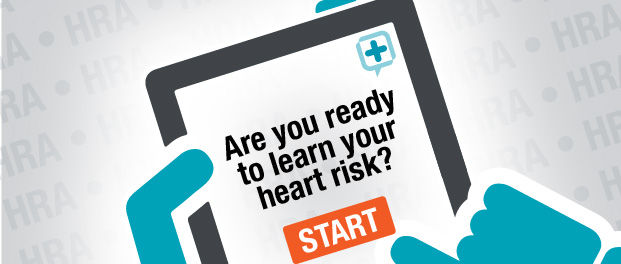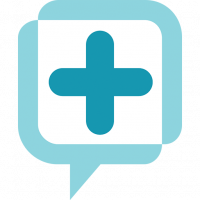Health care providers are using digital tools today to enhance the patient experience. First of all, this can be a more efficient use of health system resources. Second, the real-time feedback from digital workflows can improve patient satisfaction. And finally, early evidence indicates outcomes are improving, as well.
Things Are Changing
If you’ve been to your primary care provider recently, maybe you noticed the shift towards digital tools in the exam room. Often doctors and nurses are no longer following their usual 3-step process. It used to be, 1) assess vitals, 2) send labs, and 3) diagnose + treat. Instead, you may have experienced more two-way communication. Increasingly, we are hearing about clinicians sharing health apps on mobile devices. Nurses may even use a tablet to assess patients’ risks of developing a specific condition via a web-based health risk assessment (HRA).
Digital tools like HRAs or other apps provide health care consumers with a level of confidence and knowledge they may not have otherwise had prior to a conversation with their doctor. In completing an HRA, the patient enhances their ability to better participate in decision-making. Ultimately, they are better able to follow-through on recommended treatment options.
Physicians report improved workflows via digital tools for many reasons. One reason is reduced paperwork. Another is the ability to focus on the area of patients’ greatest concern. Patients report that HRAs arm them with a solid understanding of their condition. In turn, this leads to better conversations in the exam room.
How do you start?
For systems already using HRAs, physician liaisons and business development teams can share the assessments with providers to train them on the applications. This includes discussing the medical methodologies used in their development, and providing talking points for providers to use with patients. Using a patient’s self-reported medical information around a topic they have expressed concern with boosts patient satisfaction immensely.
Personalized outreach can be added to the mix if these HRAs are placed on the health system’s website. If someone completes a weight-loss surgery assessment and is recommended for further evaluation, a bariatric coordinator can be notified and schedule a call with the user. Then by leveraging the information provided in the assessment the bariatric coordinator is able to have a meaningful conversation with the prospect.
In short, the line between clinical care and marketing/communications is blurring.
Take Advantage of Digital Tools Now
Today’s consumers are more self-reliant and educated than ever. The one thing they’re craving? Personalized care. Digital tools like HRAs make this possible. Finding ways to utilize HRAs in the clinical setting takes the marketing dollar further and gives marketers a way to directly impact patient satisfaction and improve outcomes. With the availability of these digital tools you don’t need to reinvent the wheel, but you can empower the consumer by putting them back in the driver’s seat.















 Thank you for your interest.
Thank you for your interest.